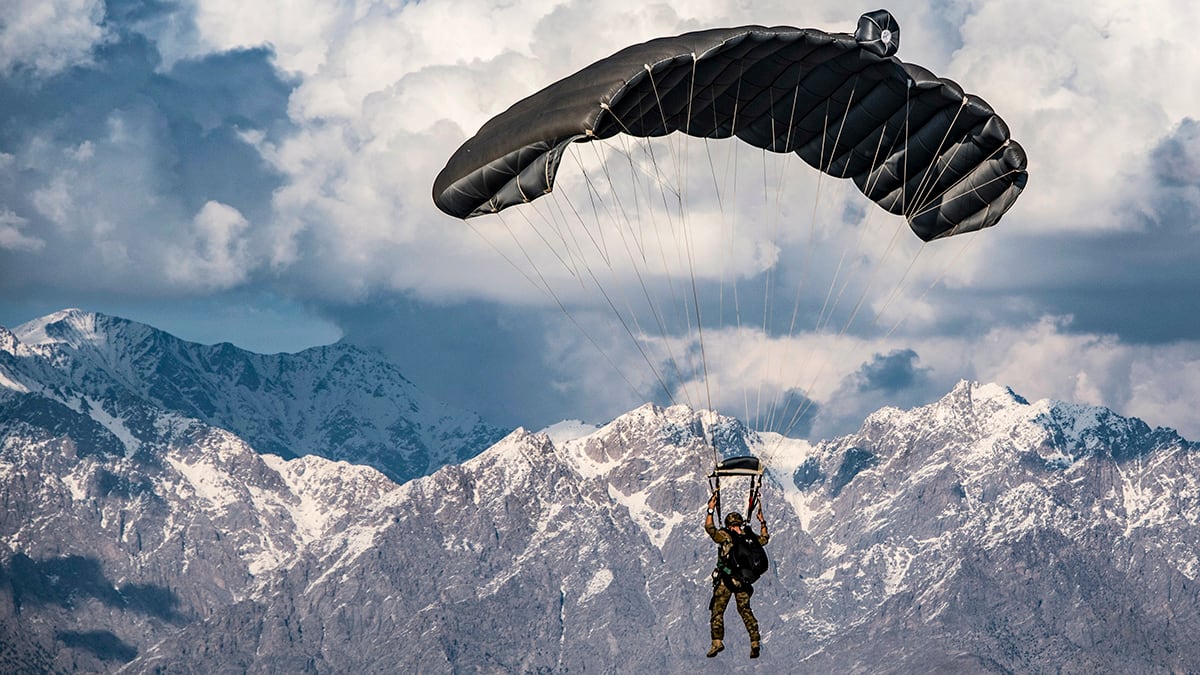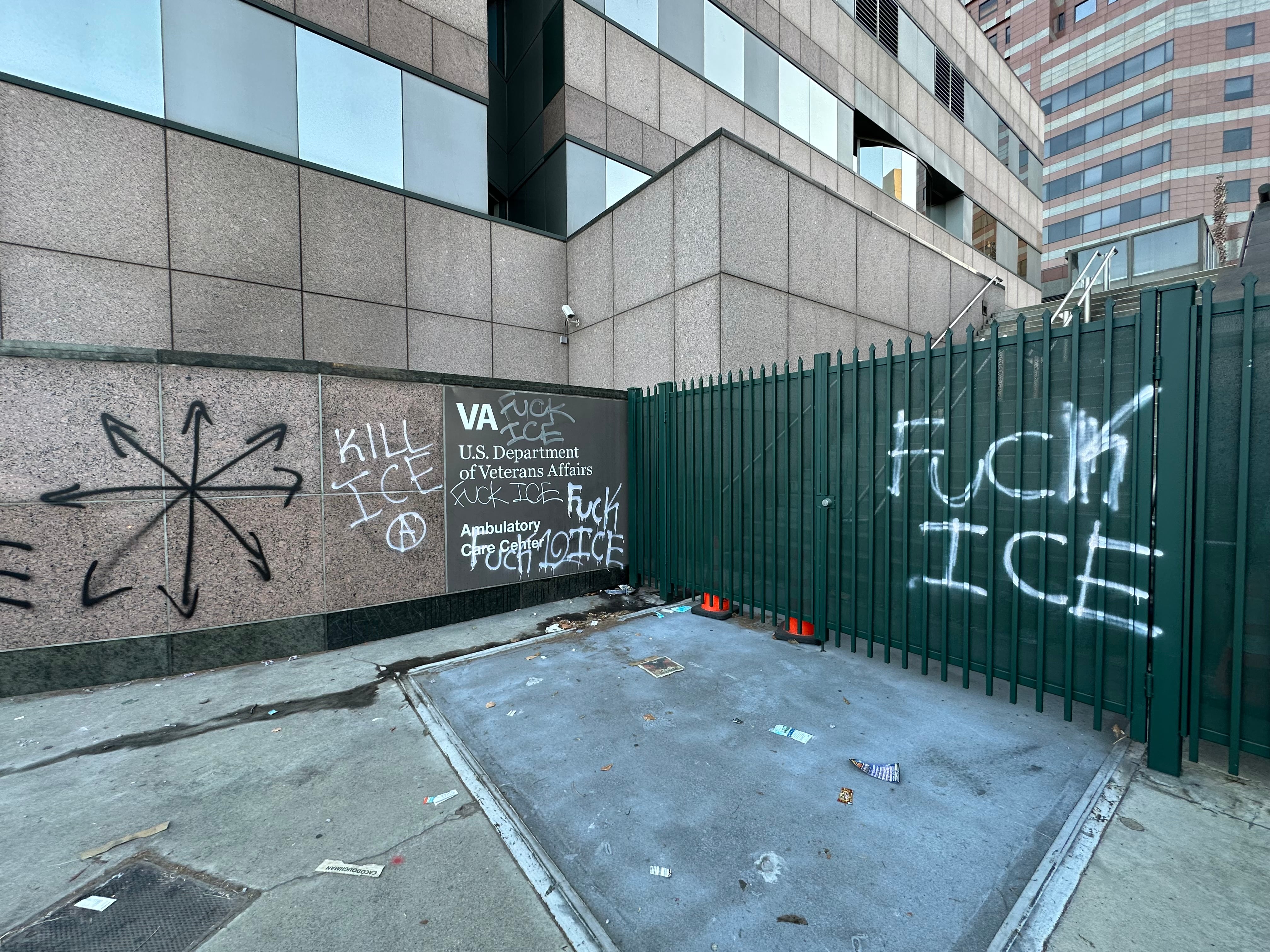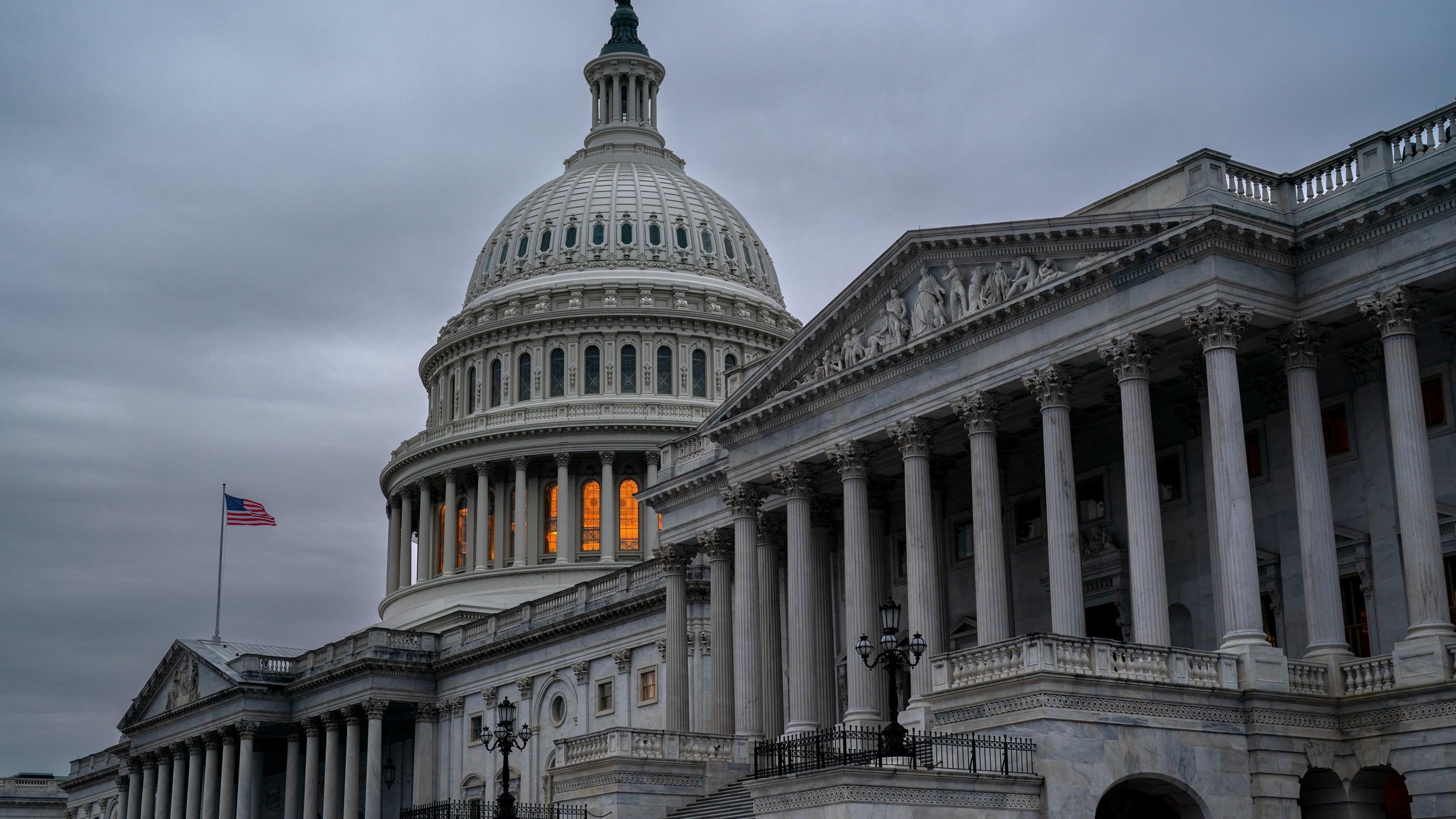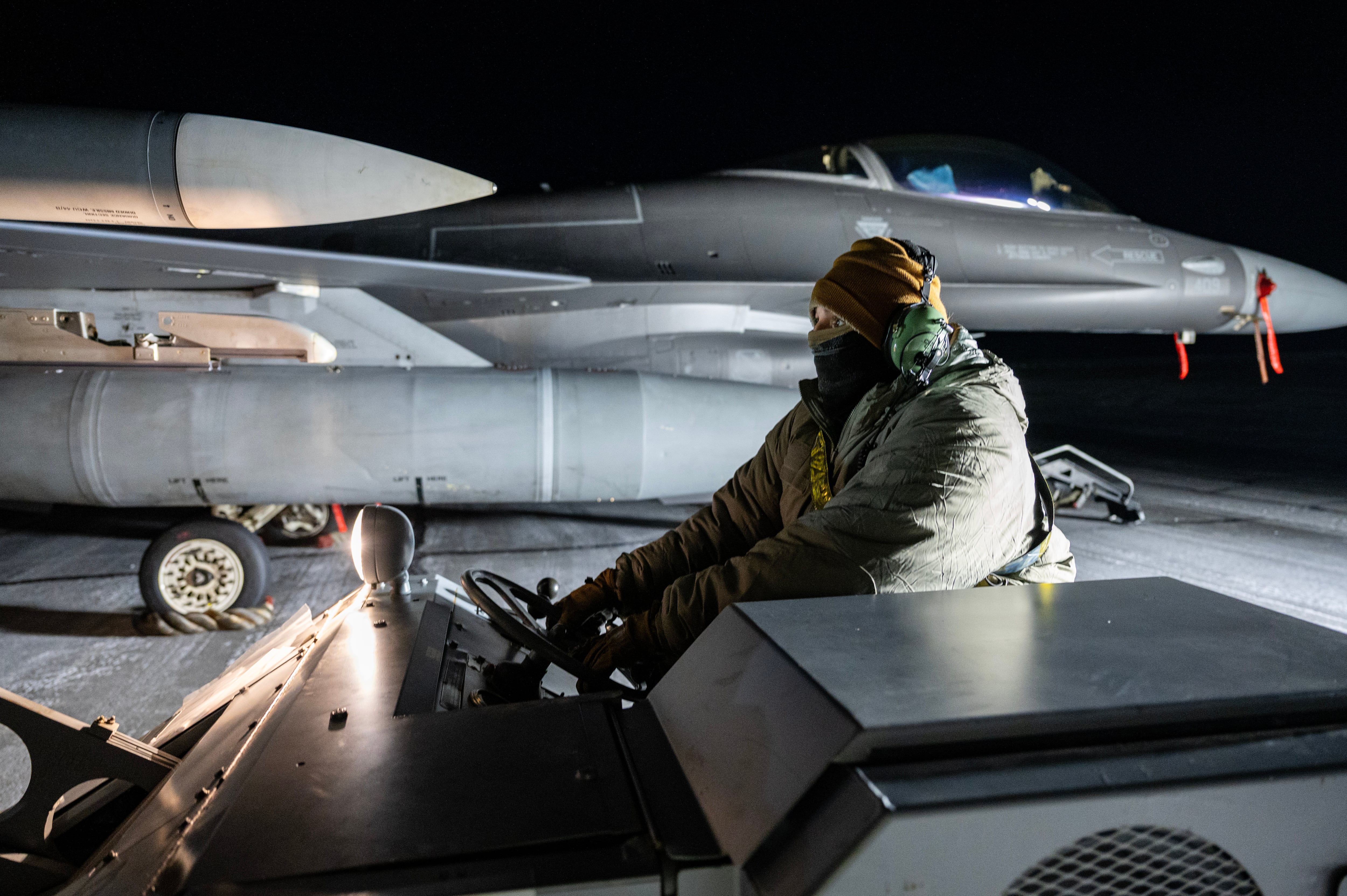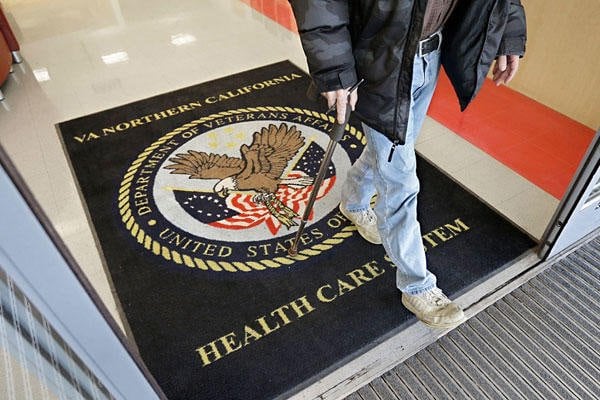Some enlisted airmen in 37 undermanned and vital career fields will be eligible for bonuses if they choose to re-enlist in fiscal 2021, the Air Force said Dec. 10.
But this year’s selective retention bonus list was cut nearly in half from the fiscal 2020 list, which was open to airmen in 72 specialties.
These bonuses are designed to hold on to experienced airmen and space professionals in the Space Force, who are in vital jobs that are stressed, or with high training costs. The Air Force, in particular, expanded its use of these bonuses after the steep drawdowns that began in 2014.
But the Air Force has steadily whittled down the list of jobs eligible for SRBs in recent years, after nearly tripling eligibility to 117 career fields in 2016.
This year’s sharp reduction in eligibility is largely due to a spike in active-duty retention that followed the coronavirus pandemic.
“Overall retention levels are at record highs and manning within many of our career fields is healthy,” Lt. Gen. Brian Kelly, the Air Force’s deputy chief of staff for manpower, personnel and services, said in the release. “This reduces our requirement and opportunity to utilize retention bonuses to the same extent.”
As the COVID-19 pandemic dealt a body blow to the economy and large swaths of the private sector job market earlier this year, Kelly told reporters Dec. 1, hundreds of active-duty airmen withdrew or delayed their planned retirements or separations.
RELATED
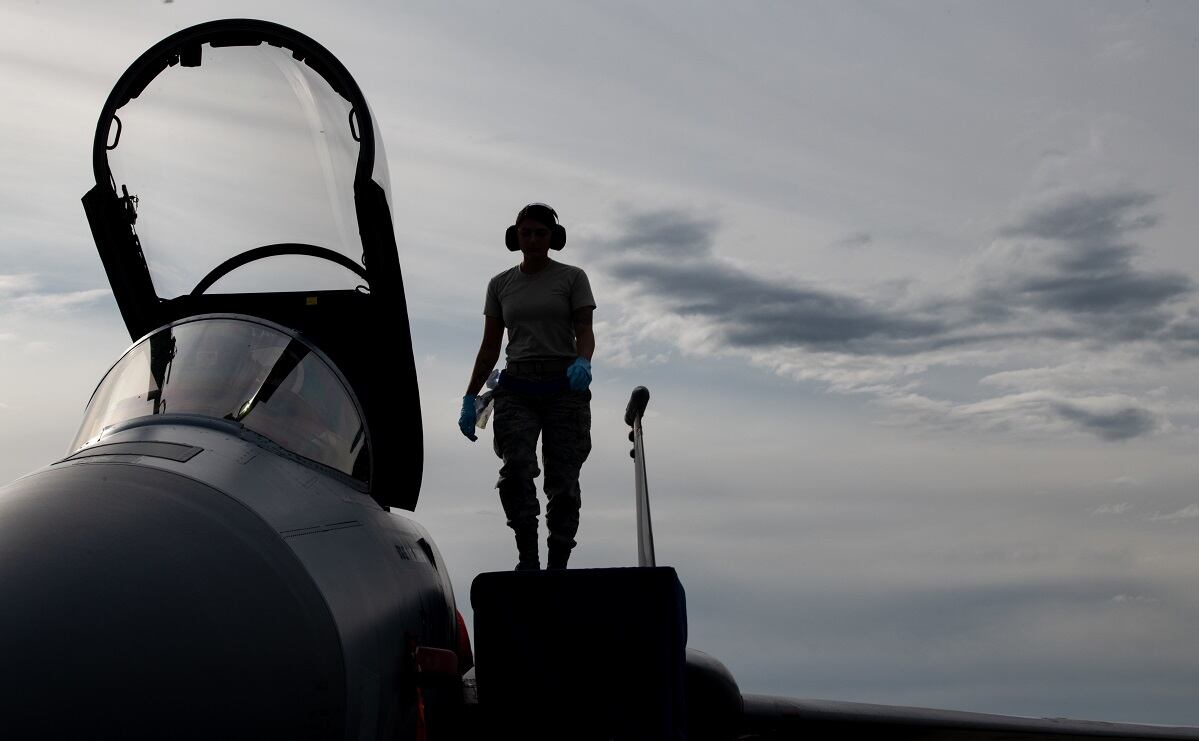
This led to the Air Force seeing the highest retention rates since shortly after the 9/11 attacks, Kelly said. And when 2021 began Oct. 1, he said, the Air Force had already surpassed the end strength goal it hoped to reach by the end of the fiscal year.
As a result, Kelly said, the Air Force is planning a series of voluntary measures to reassign airmen in overmanned career fields and reduce the active-duty ranks — as well as cutting retention bonuses.
This year’s bonuses will go into effect Jan. 5, 2021, the Air Force said in the release. Anyone whose job is slated to have a bonus reduced, or cut entirely, and is eligible to re-enlist, will have until Feb. 4 to take advantage of the bonus at its current rate.
“We are giving members advanced notice of impacted [Air Force specialty codes] this year given the challenges associated with COVID-19,” Kelly said in the release. “We want to ensure our members have the right information and enough time to make informed career decisions.”
This year, the heftiest bonuses will go to airmen in the 1T0X1 survival, evasion, resistance and escape, 1Z1X1 pararescue, 1Z2X1 combat control, 1Z3X1 tactical air control party,1Z4X1 special reconnaissance, and 3E8X1 explosive ordnance disposal career fields.
Special tactics airmen such as PJs, combat controllers, and TACPs are highly trained, and in high demand in the Air Force, and the service has particularly focused on trying to retain airmen in those career fields.
Several maintenance career fields, including those who maintain drones, tankers and passenger aircraft for high-ranking officials, including Air Force One, are also on the eligibility list. The Air Force struggled to close a serious shortfall in its maintenance ranks in previous years.
Some cryptologic language analysts who speak Chinese, Korean and Russian are also eligible for bonuses. Security forces airmen who focus on combat arms or handling military working dogs can also get bonuses.
And some medical airmen, including those who work in mental health, respiratory care, orthopedics and otolaryngology, may be eligible for retention bonuses.
But dozens of career fields — some of which were eligible for steep bonuses as recently as 2020 — were dropped entirely. Those jobs include 1A0X1 in-flight refueling, 1A8X2 airborne ISR operators, 1A9X1 special missions aviators, 1B4X1 cyber warfare operators, and 2A3X3 and 2A3X7 tactical aircraft maintainers who work on the A-10, U-2, F-15, F-16, F-22 or F-35.
Even the bonuses for special tactics airmen, while still in effect, have been trimmed slightly from last year.
The Air Force plans to spend $55 million on these bonuses in 2021, significantly down from the $150 million it planned to spend last year, and the $250 million that was budgeted for 2017.
The list of retention bonuses can be found here.
Stephen Losey is the air warfare reporter for Defense News. He previously covered leadership and personnel issues at Air Force Times, and the Pentagon, special operations and air warfare at Military.com. He has traveled to the Middle East to cover U.S. Air Force operations.
